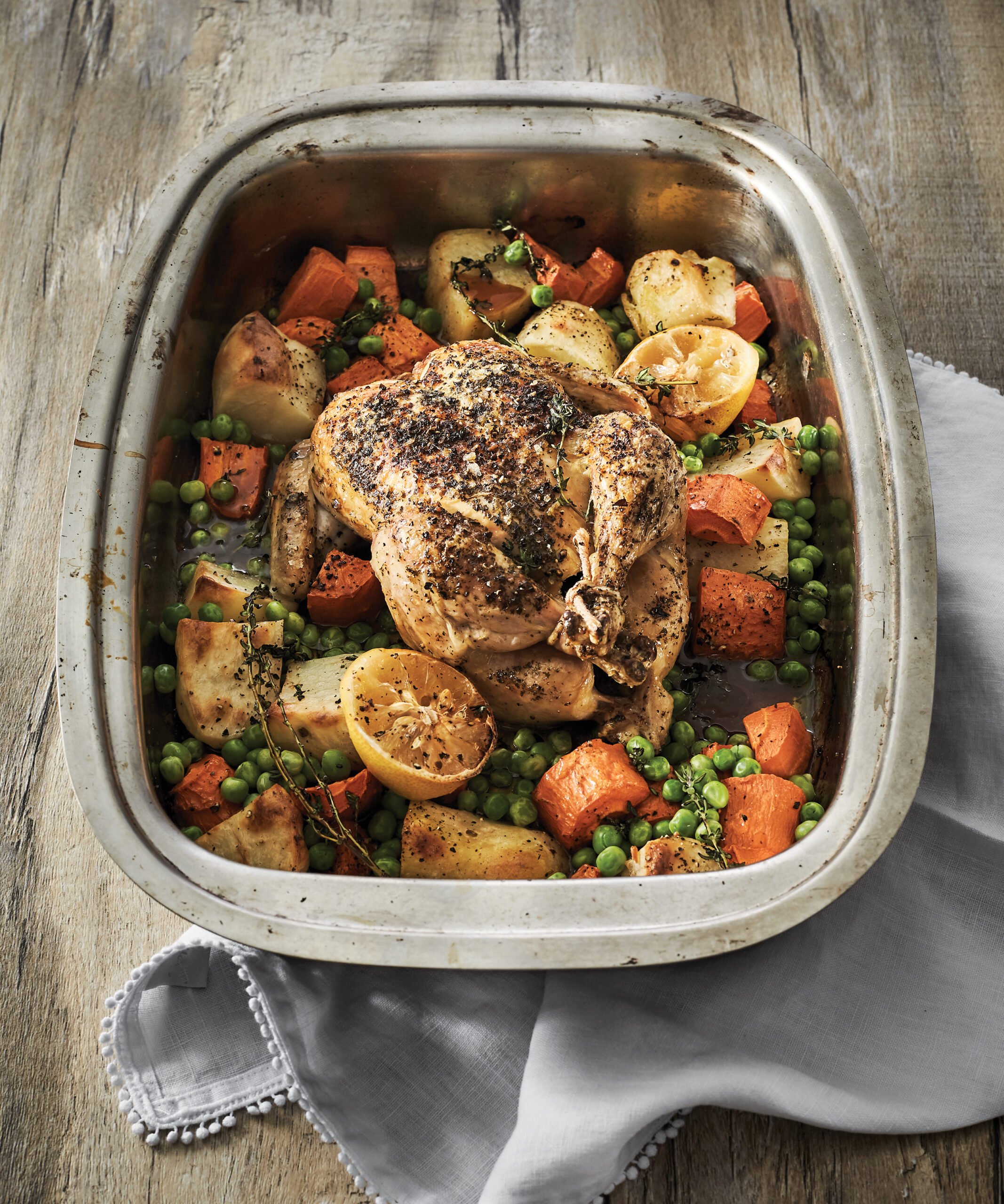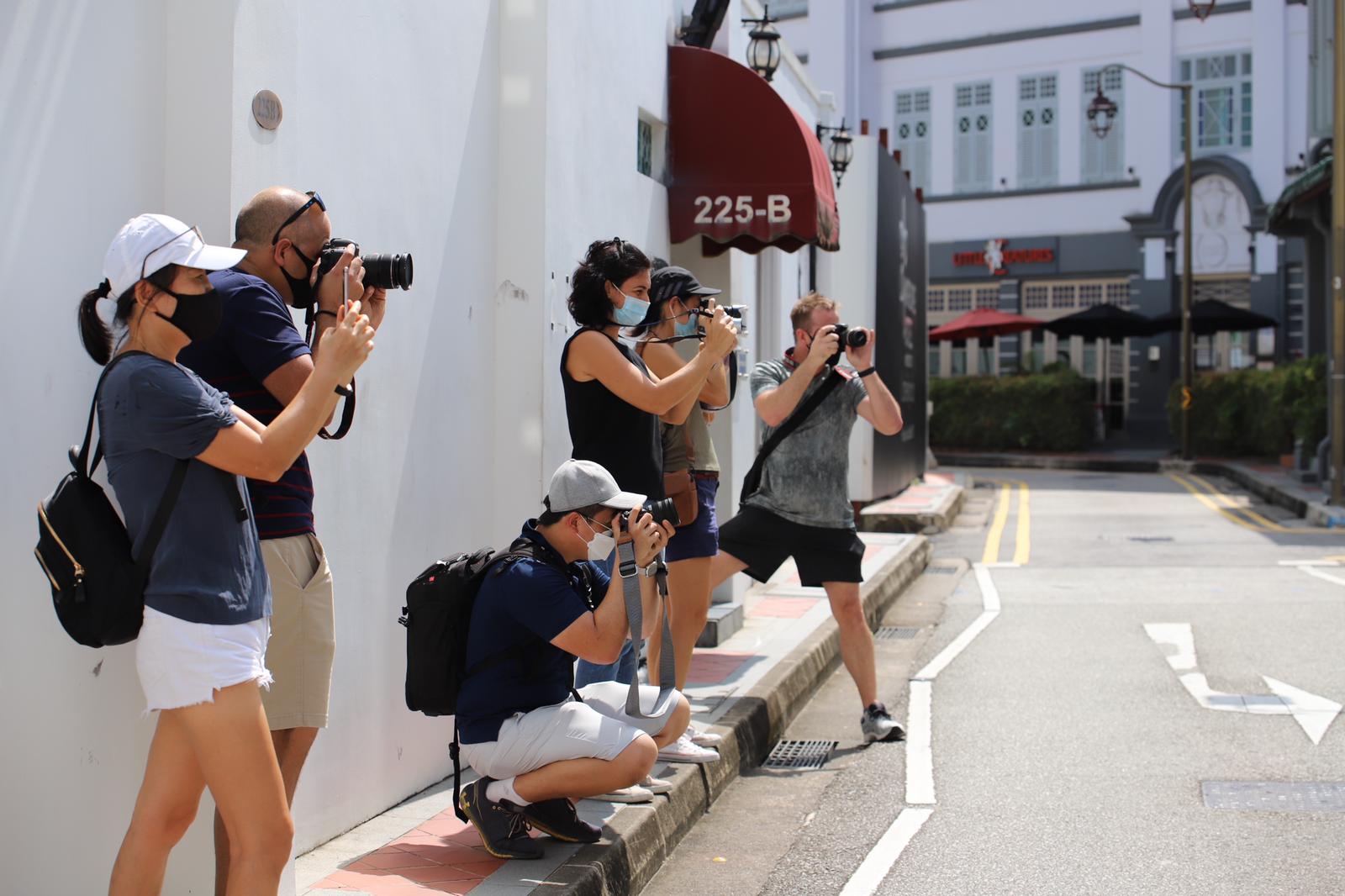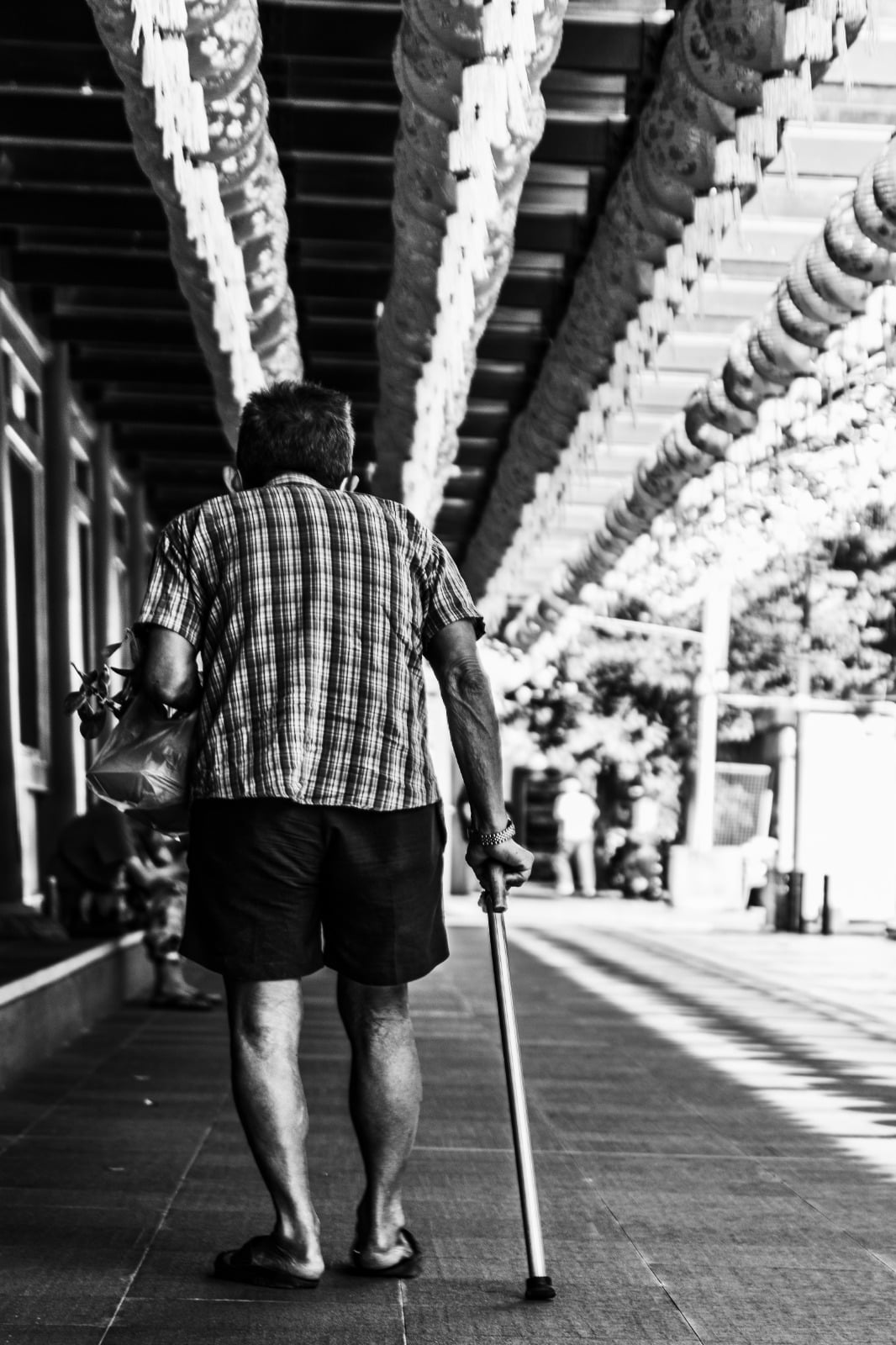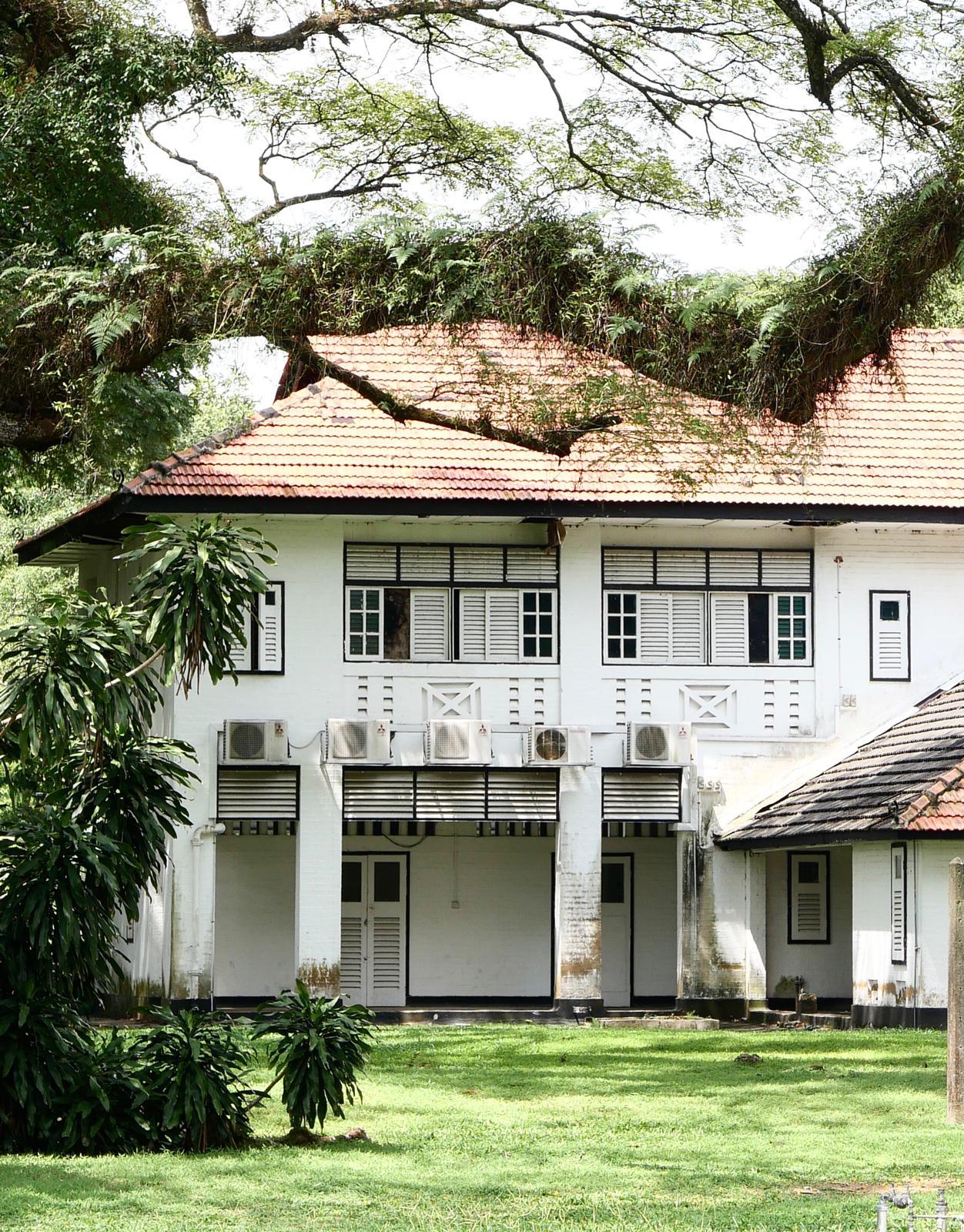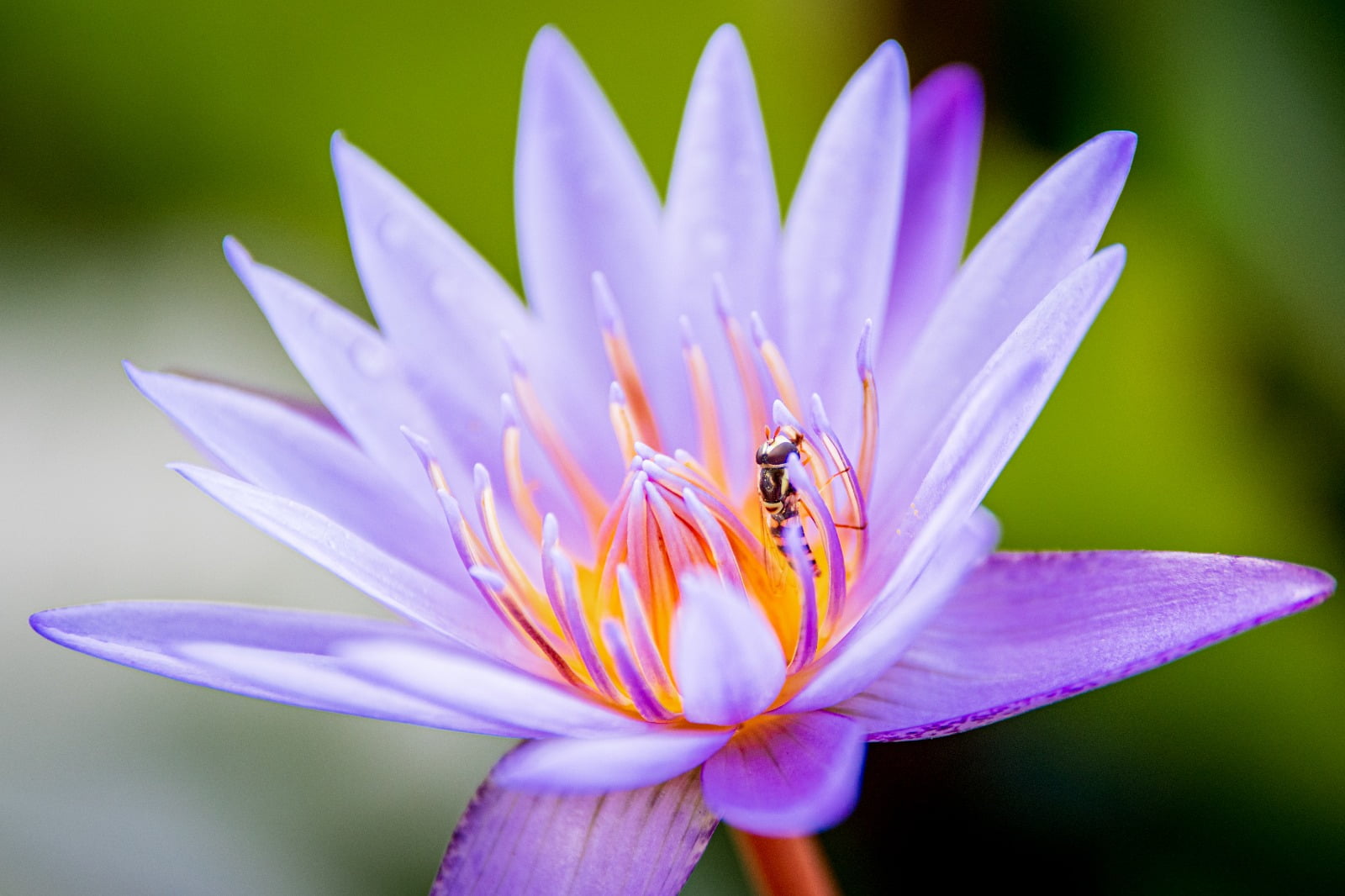- Sponsored Content

The logistics of moving house are complicated at the best of times but managing that process from overseas is infinitely more complicated. Lucy Bulla from Brady Marcs Buyers Advisory in Sydney shares her perspective from a wealth of experience. Not only as a Buyer’s Agent and Licensed Real Estate Agent, but as an expat herself, having lived previously in Jakarta, Amsterdam, and Seoul.
With the evolving COVID-19 situation, buyers from overseas are looking for more flexibility, versatility, and security in their purchases. A property may need to be suitable both for an investment and for the owners to live in. There are suddenly many more ‘unknowns’ in the process, as border restrictions and travel limitations can change expected timelines and plans.
Here are the most relevant considerations for people moving to Sydney from overseas, whether for a short-term period, or looking for a longer-term home with a strong investment profile.
Choosing an area
The most fundamental question is knowing where in Sydney you would like to live. Some clients have a specific area they moved from originally and want to remain close to friends or family, while others choose an entirely new region all together. In either context, researching the suburbs and neighbourhoods is essential. This is where the depth of local knowledge held by our team becomes invaluable to the process.
Finding the right home
Finding the perfect property begins with research and approaching inspections with a well-defined brief. Essentials such as natural light, considering the flow of the floor plan, and getting the right aspect all make a huge difference.
Inspections and auctions
Not being able to physically visit an open house or auction is one of the biggest limiting factors for expats. A buyer’s advisor will visit open houses on your behalf and provide detailed video walk-throughs, photos, and live video calls. We will always strive to make any time differences work as well, arranging private inspections to make the times as convenient.
Knowing the schools
Knowing the best areas for particular schools is really important, while also considering the best transport routes to the campus. Knowing the location of international schools can be particularly relevant for expats and is just one of the many areas of expertise that the Brady Marcs team can assist with.
Transport
Understanding specific transport routes and how they align to family needs (such as proximity to the CBD, local parks, family etc.) is a huge factor in decision-making, and often something that only a local will truly be able to give advice with. Lucy describes one of the ways she goes the extra mile for clients: “I will always take a video of the surrounding street, and even walk down to the local cafe. Giving clients the most realistic idea of what life will be like in a particular location can make such a difference.”
Transition period
One of the biggest unknowns is the overlap of time between arriving in Australia and being able to move into a home. Even if settlement is fast and your new home is physically available, furniture can take months to arrive. Brady Marcs Buyers Advisory can organise short-term accommodation and help pre-empt each step of the process with helpful tips, tricks and professional connections.
A buyer’s agent is also able to assist negotiating amendments to the contract – even with an auction, such terms can be agreed prior to auction to be in place should you be the successful bidder. Factors such as settlement terms, especially with someone on the ground, can help the process run smoothly.
If you are looking for peace-of-mind and stability in the process of buying a home and moving home from overseas, contact Lucy Bulla and the Brady Marcs team today. Use this link to book a free, no-obligation appointment via video chat at a time that suits you best: https://calendly.com/bradymarcs/expats



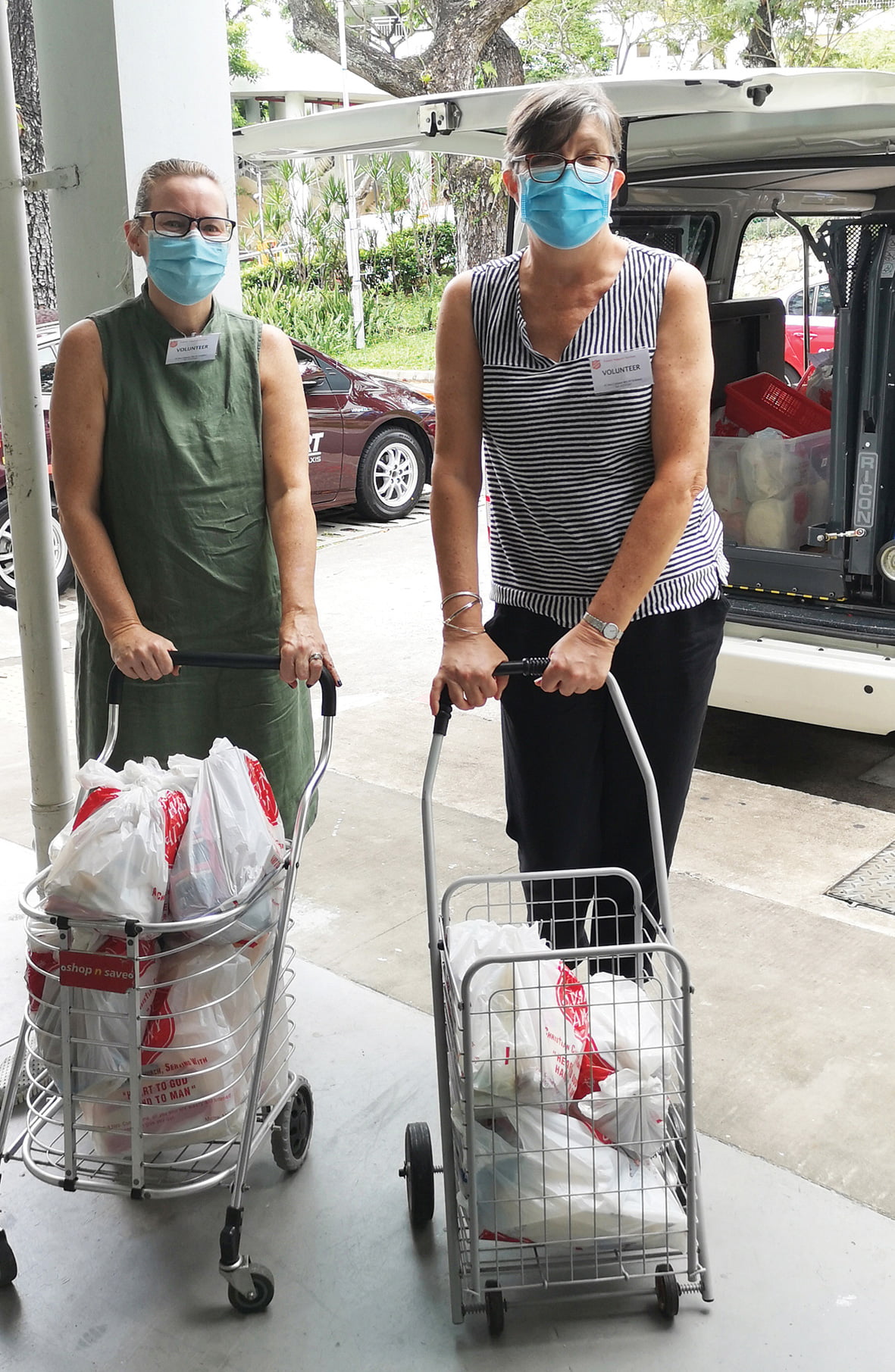


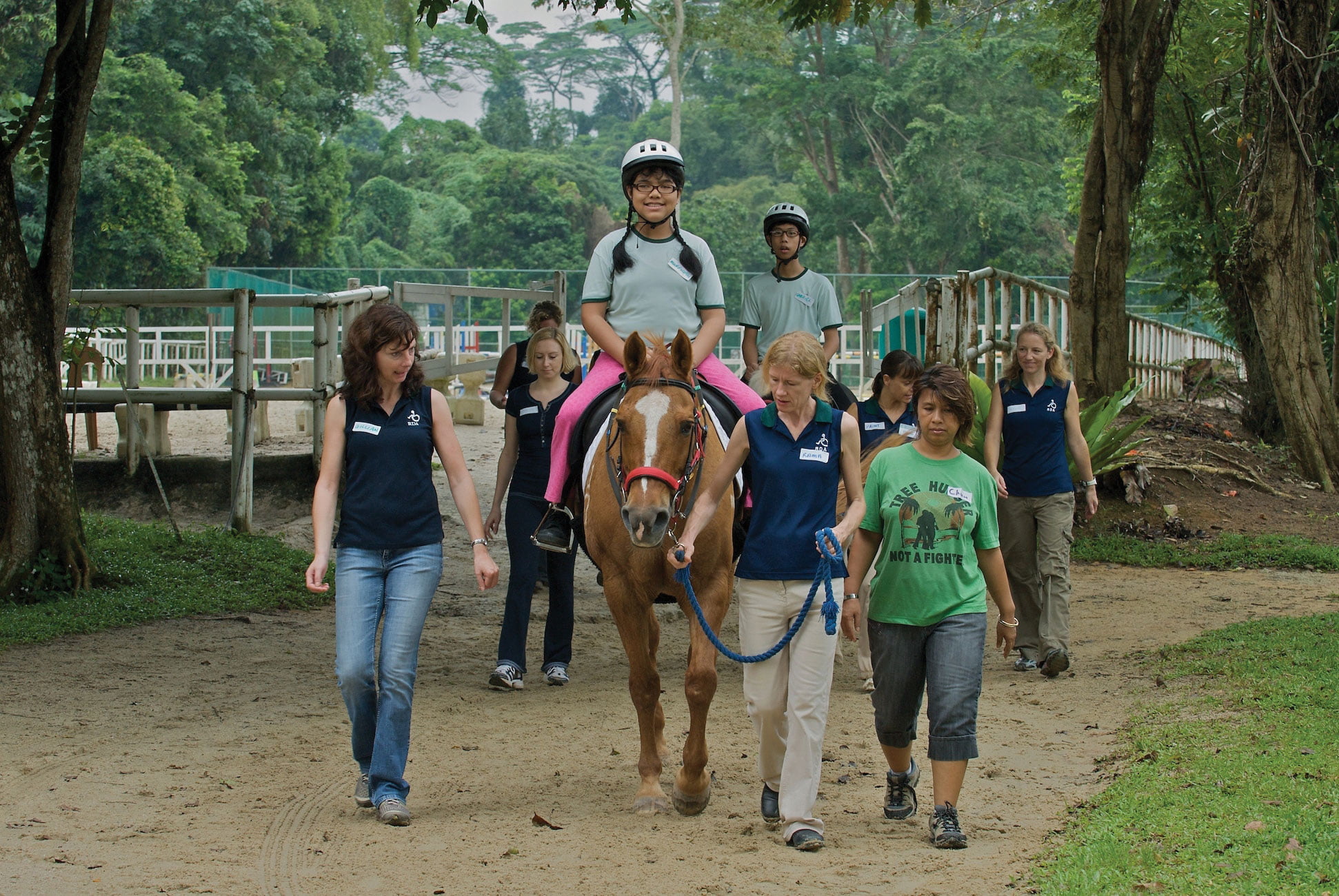
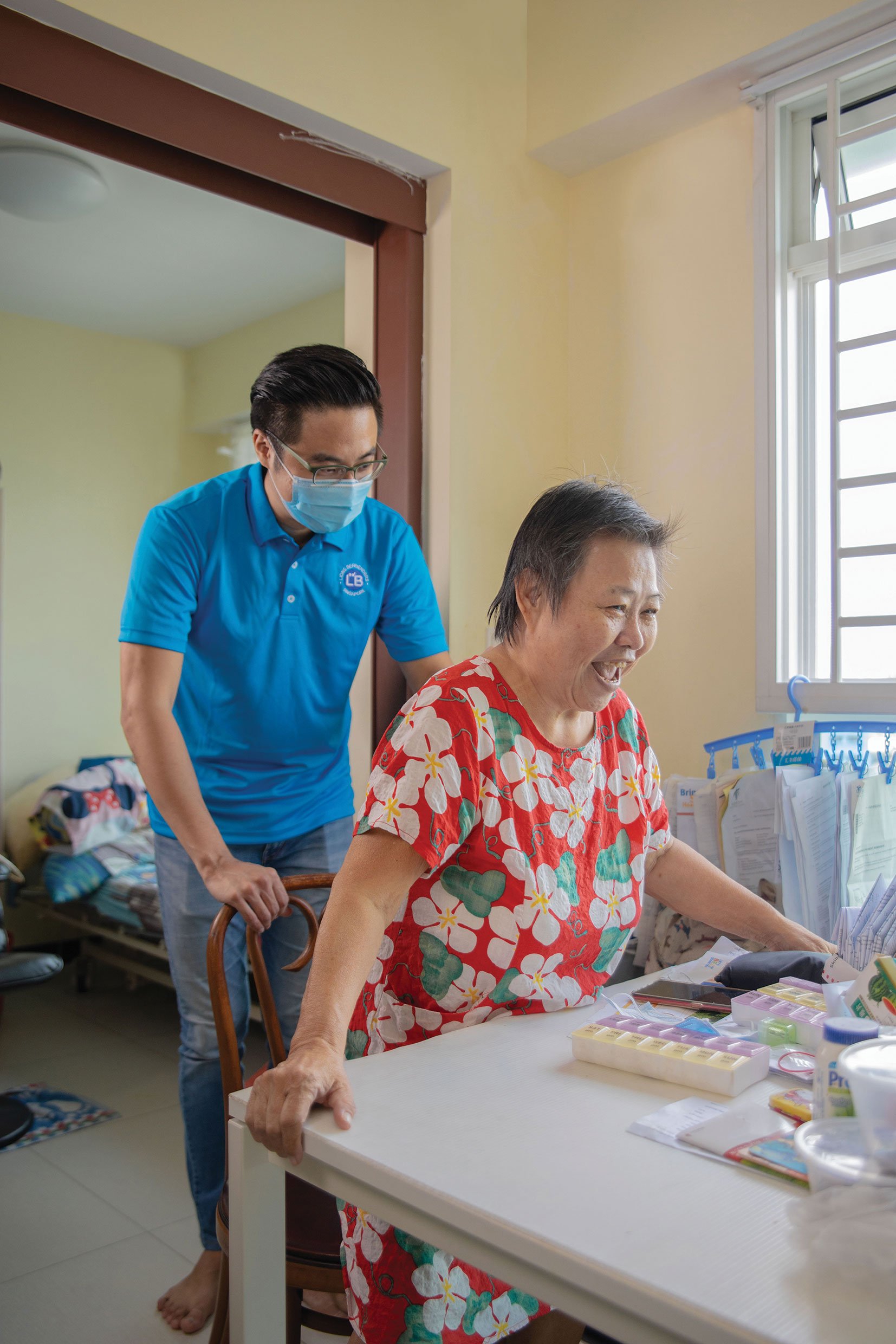 Photo: Lions Befrienders
Photo: Lions Befrienders Colonel Grant Motley, the Defence Adviser to the New Zealand High Commission, welcomes ANZA to his historic black and white home in Sembawang with a walking tour of the expansive property. The four-bedroom raised house is set on a hill, overlooking the nearby Sembawang Wharves. It’s one of a cluster of homes occupied by New Zealand military personnel. “The black and whites project a sense of history and connection to the early days of Singapore and New Zealand’s military commitment to the region and Singapore since WWII,” says Grant. “The surrounding houses include other NZDF families which provides for extended family.”
Colonel Grant Motley, the Defence Adviser to the New Zealand High Commission, welcomes ANZA to his historic black and white home in Sembawang with a walking tour of the expansive property. The four-bedroom raised house is set on a hill, overlooking the nearby Sembawang Wharves. It’s one of a cluster of homes occupied by New Zealand military personnel. “The black and whites project a sense of history and connection to the early days of Singapore and New Zealand’s military commitment to the region and Singapore since WWII,” says Grant. “The surrounding houses include other NZDF families which provides for extended family.”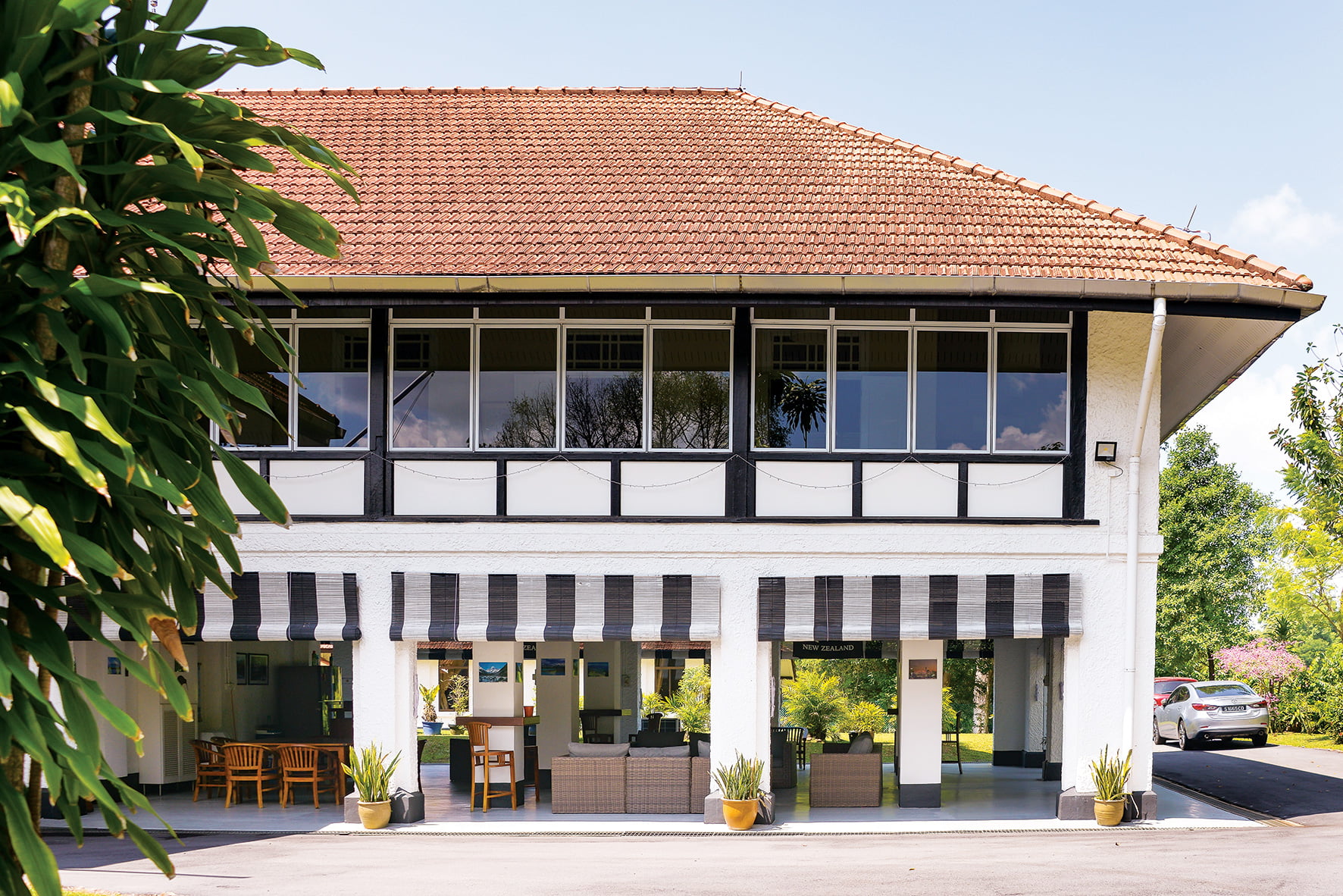
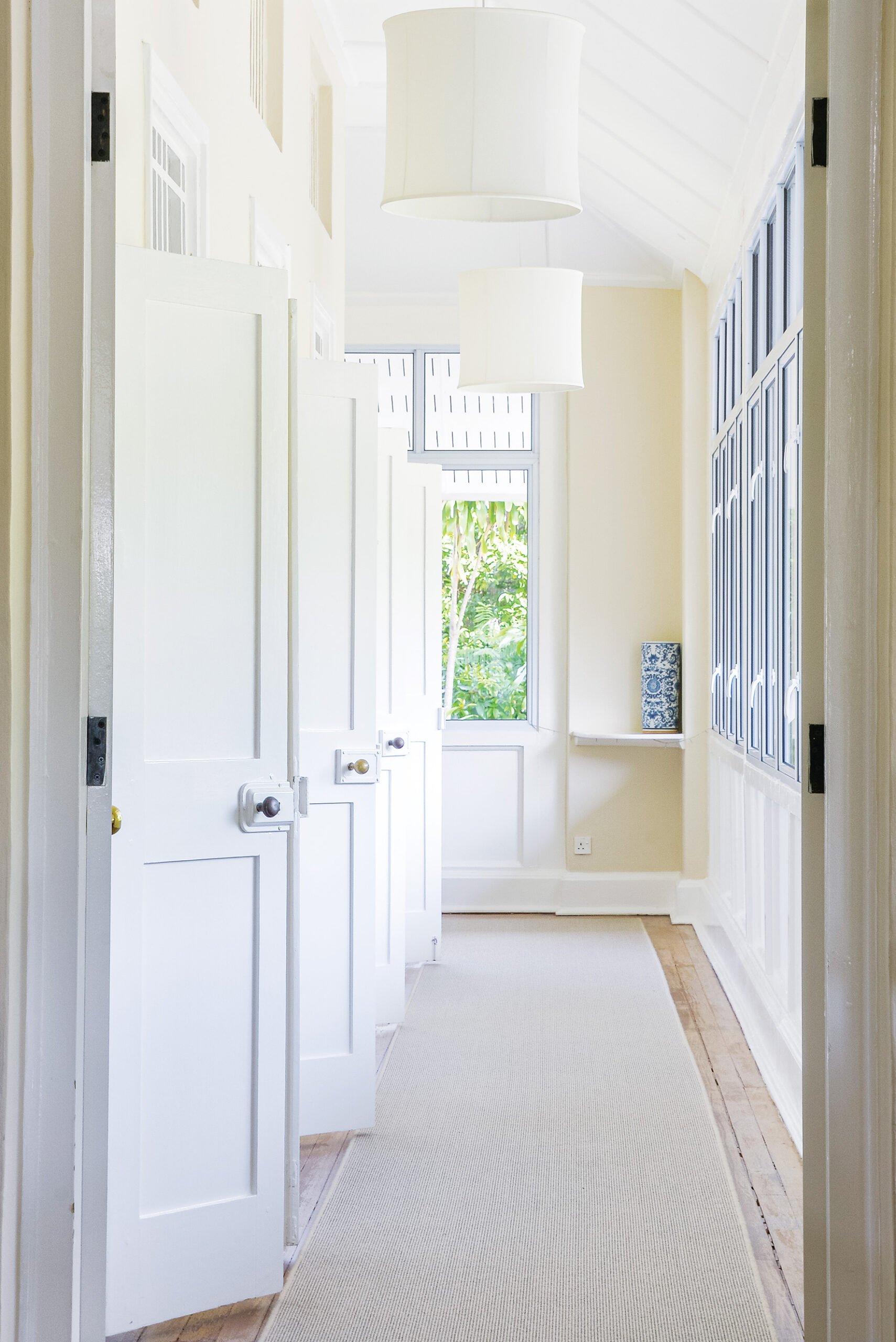
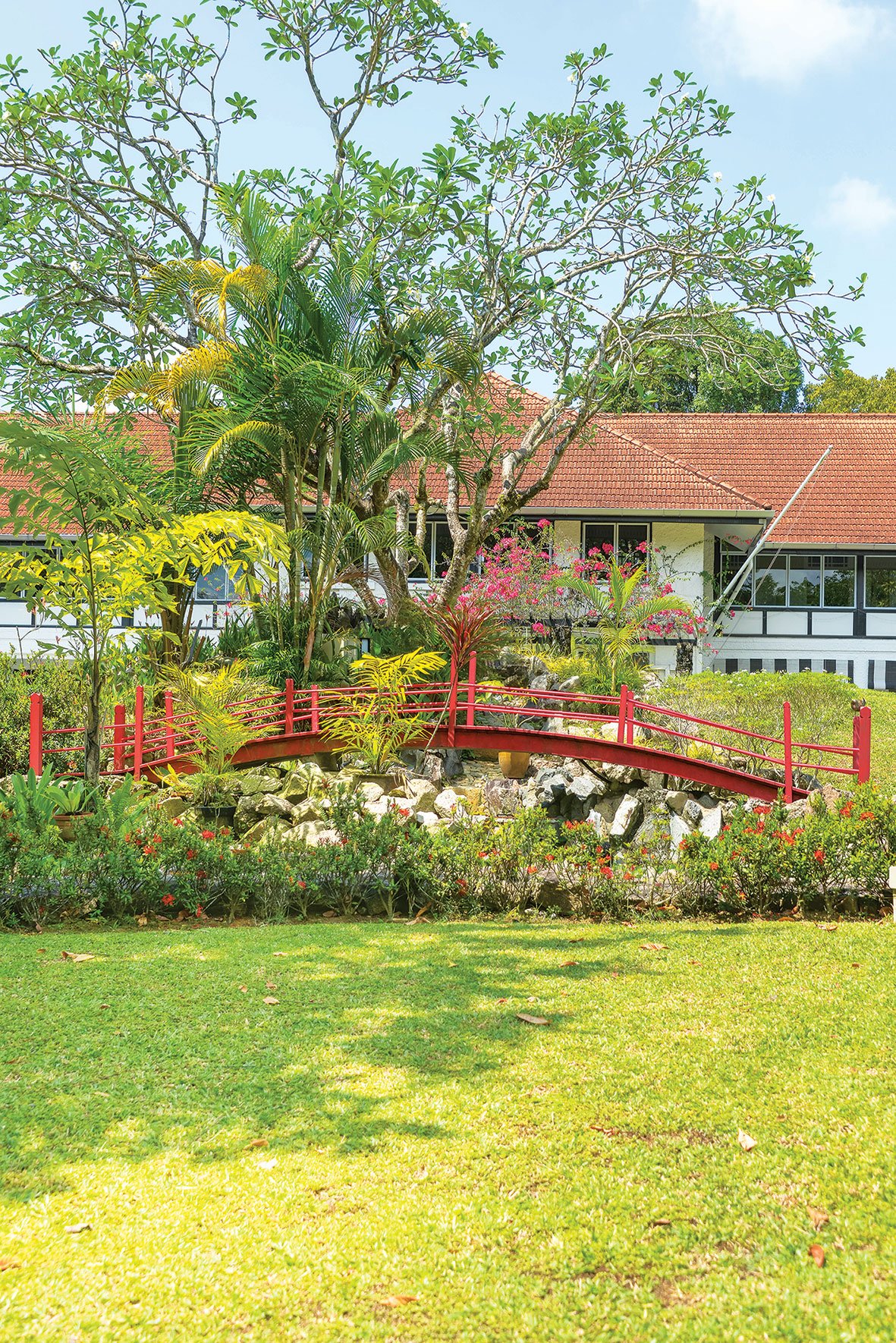
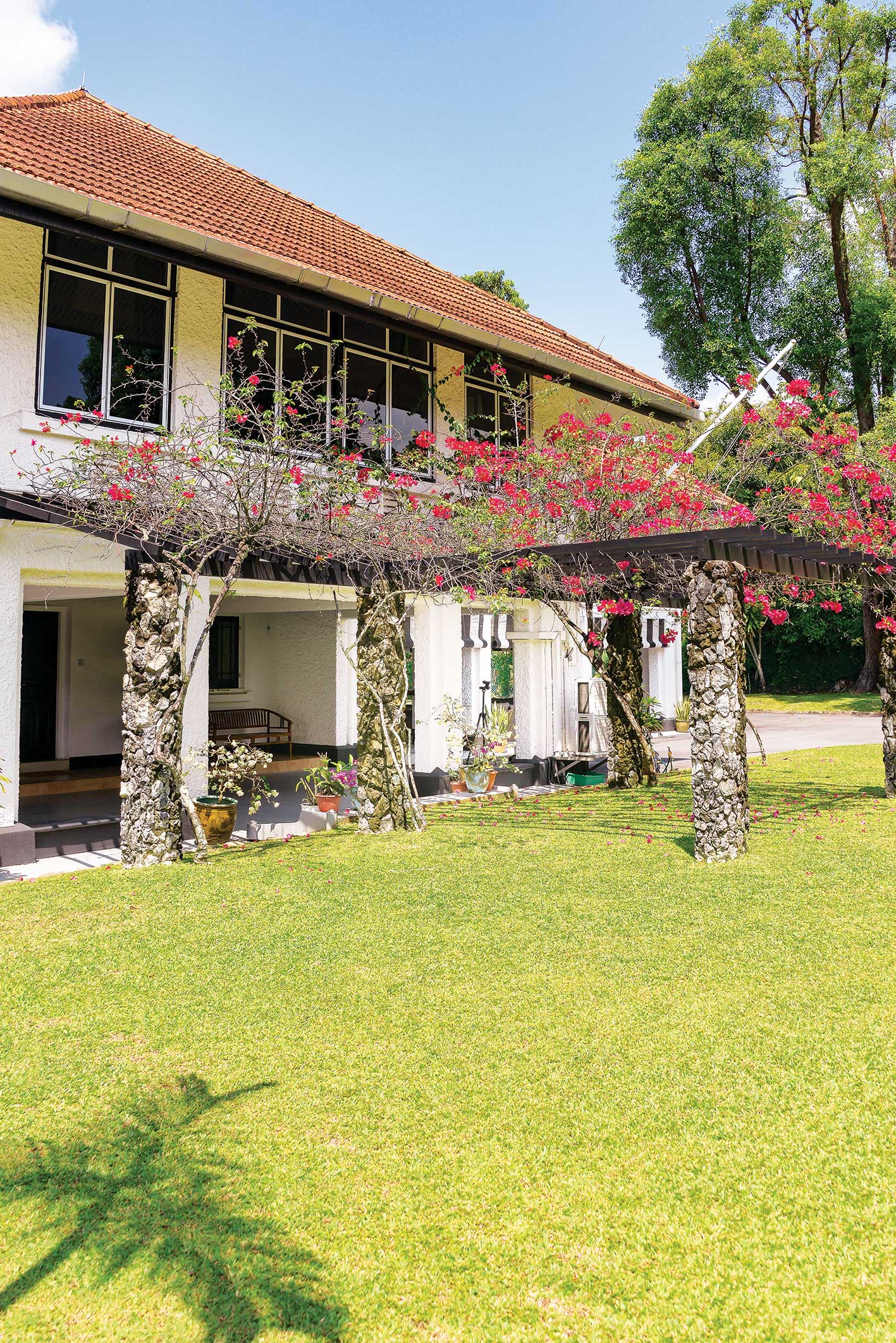


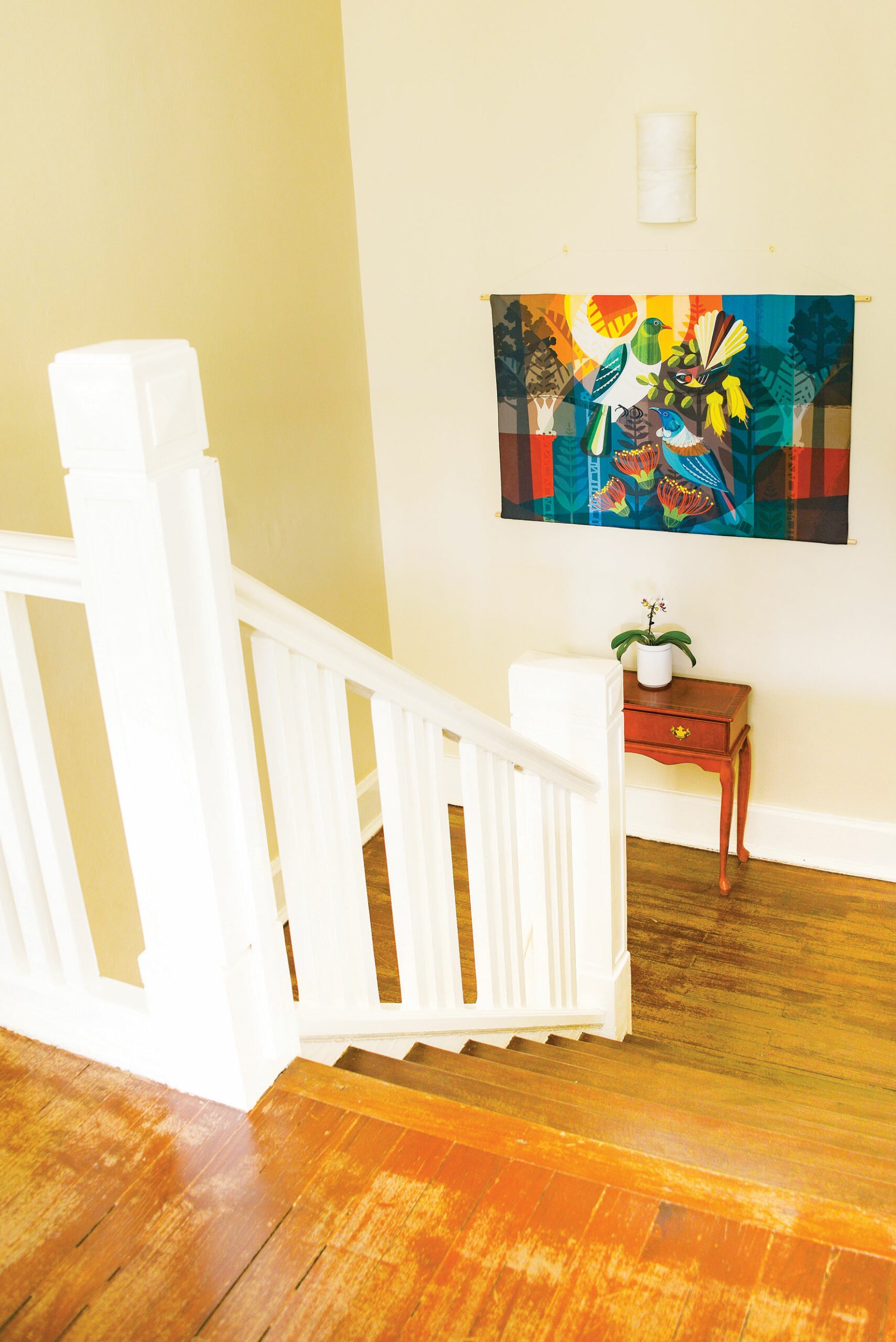
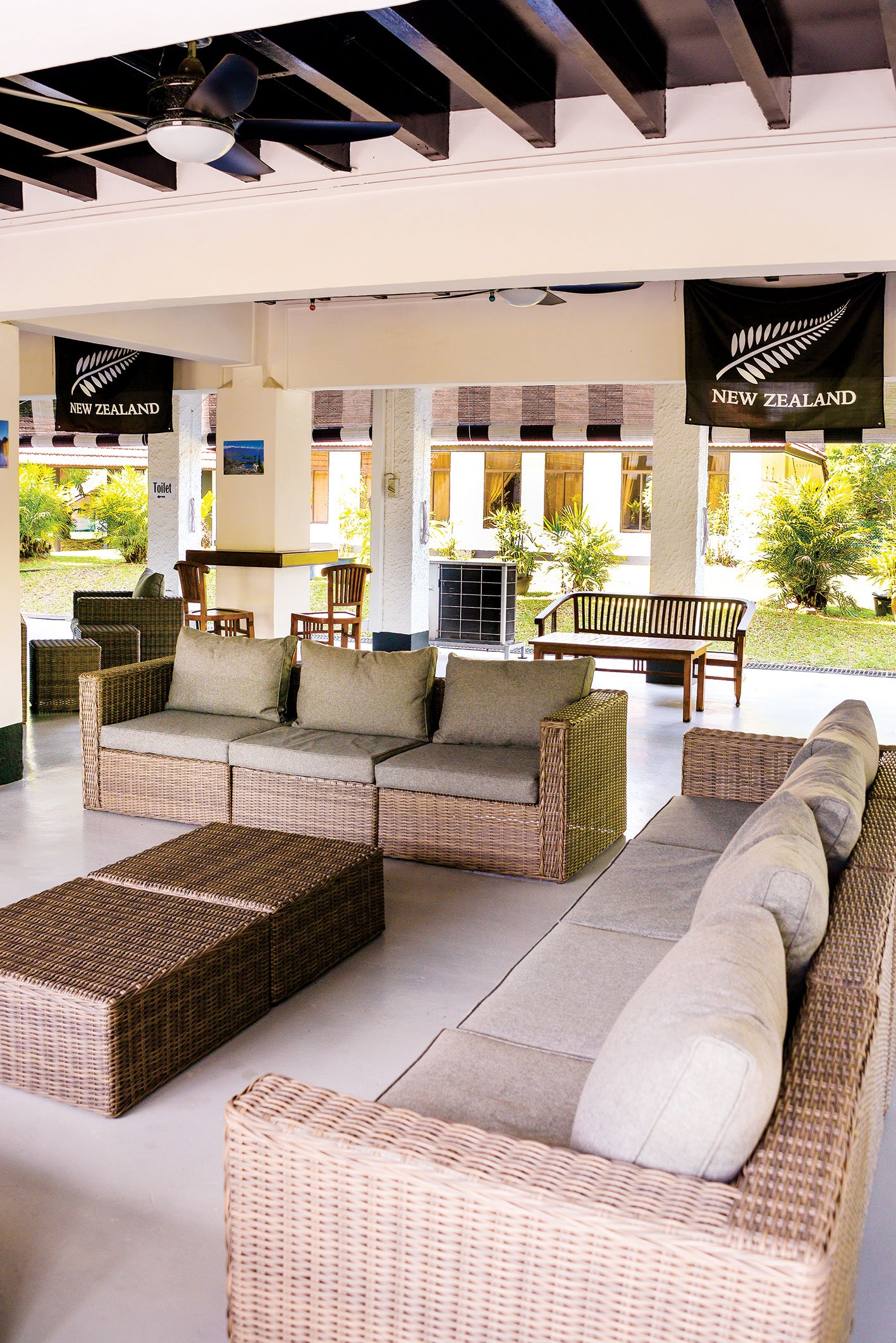
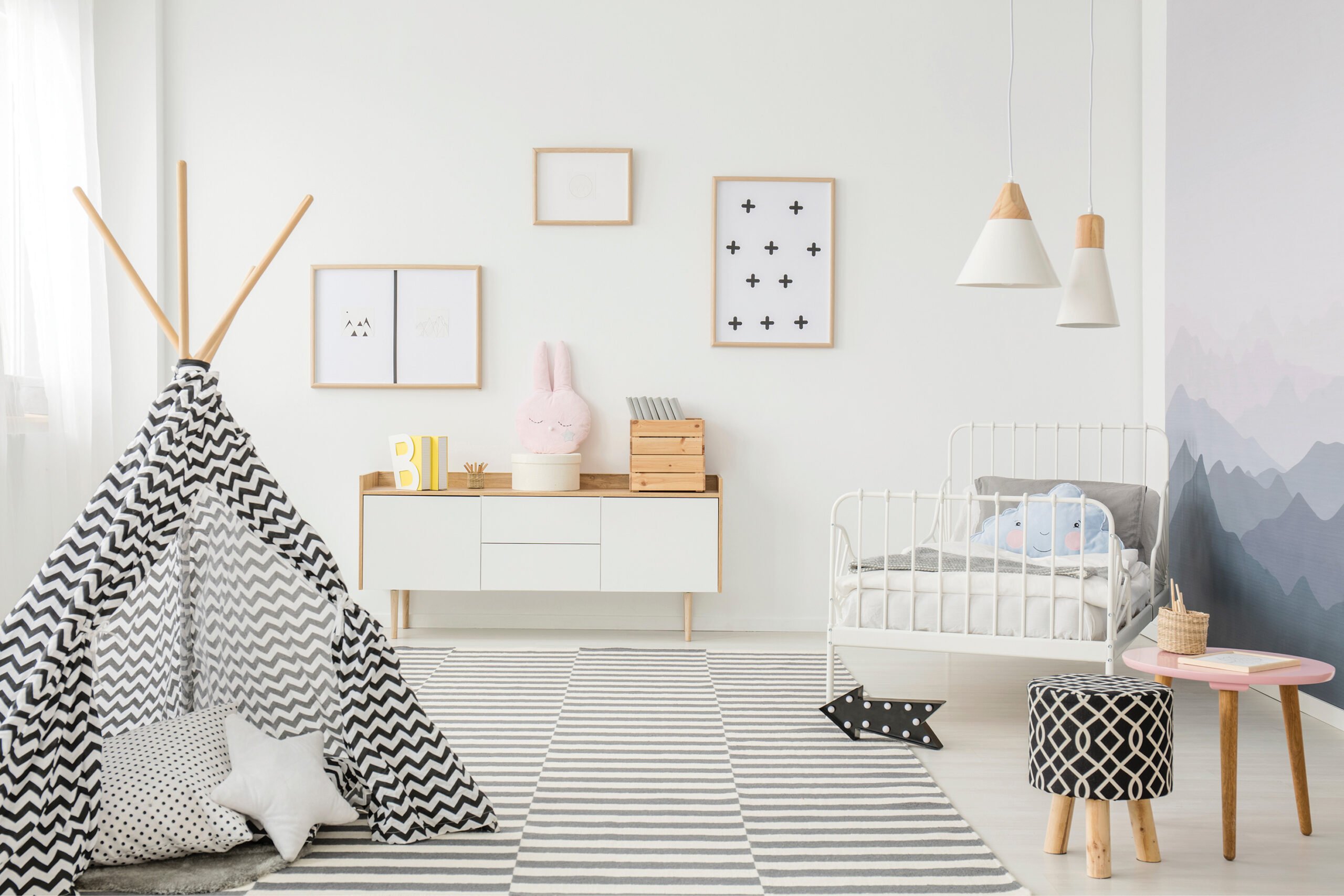 How we use colour in our home is so important. It influences mood in so many ways. Kids’ rooms that are bright and cheerful make them feel that way too! If your child’s room is due for a makeover, get them involved in the process. Together you can come up with ideas, decide on a colour scheme, narrow down styles on Pinterest and work to an agreed and realistic budget.
How we use colour in our home is so important. It influences mood in so many ways. Kids’ rooms that are bright and cheerful make them feel that way too! If your child’s room is due for a makeover, get them involved in the process. Together you can come up with ideas, decide on a colour scheme, narrow down styles on Pinterest and work to an agreed and realistic budget.
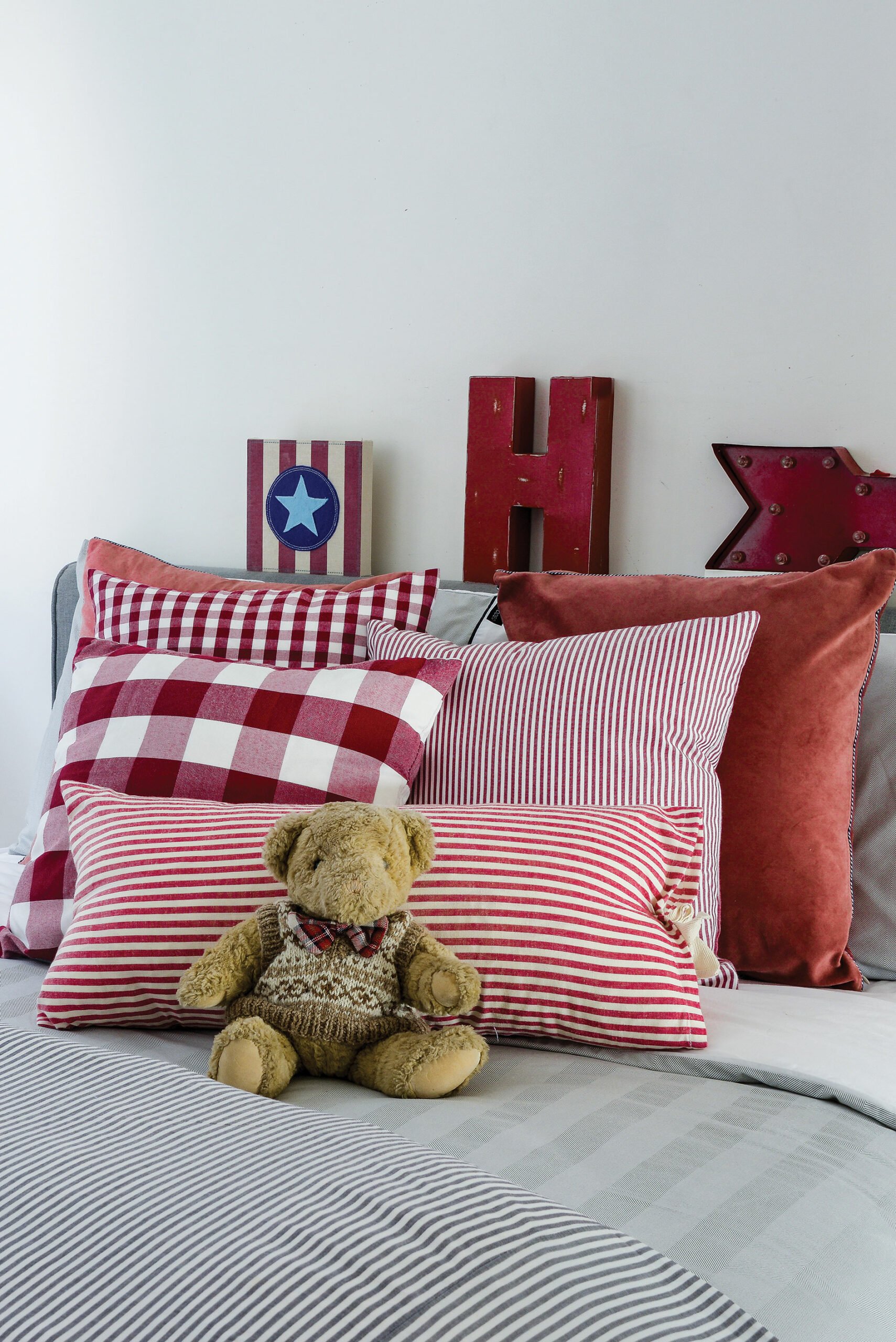
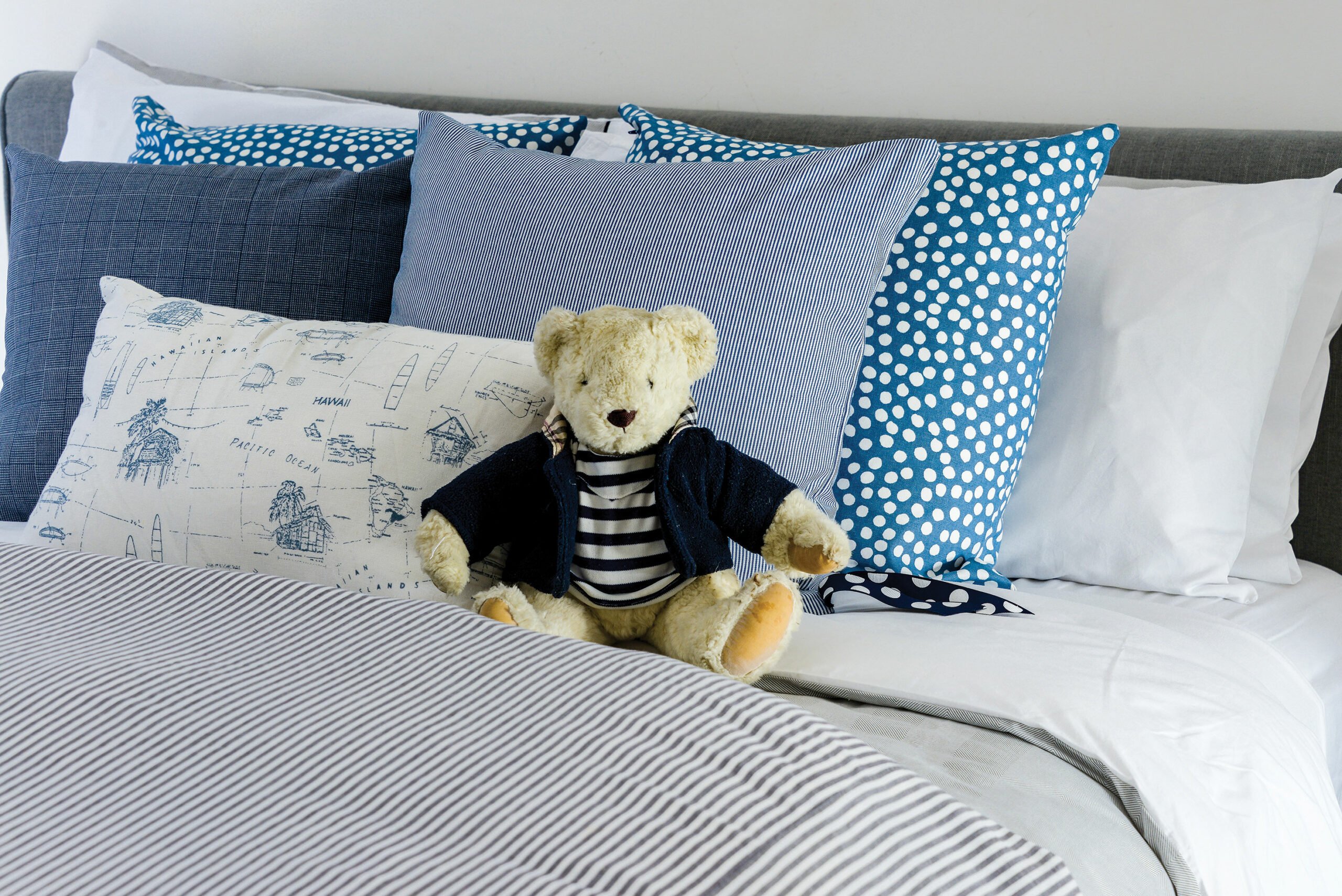

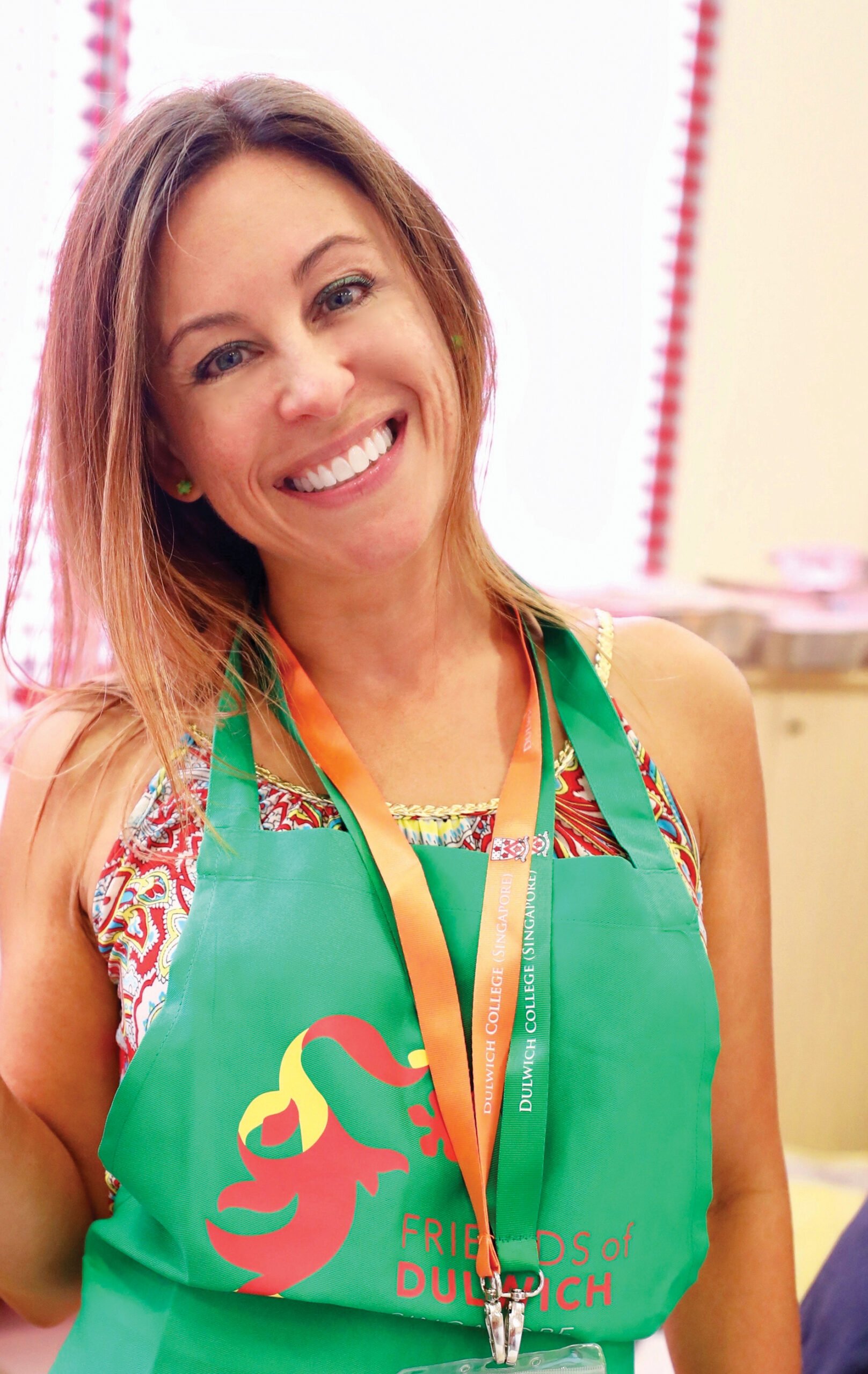 Where are you from and what brought you to Singapore?
Where are you from and what brought you to Singapore?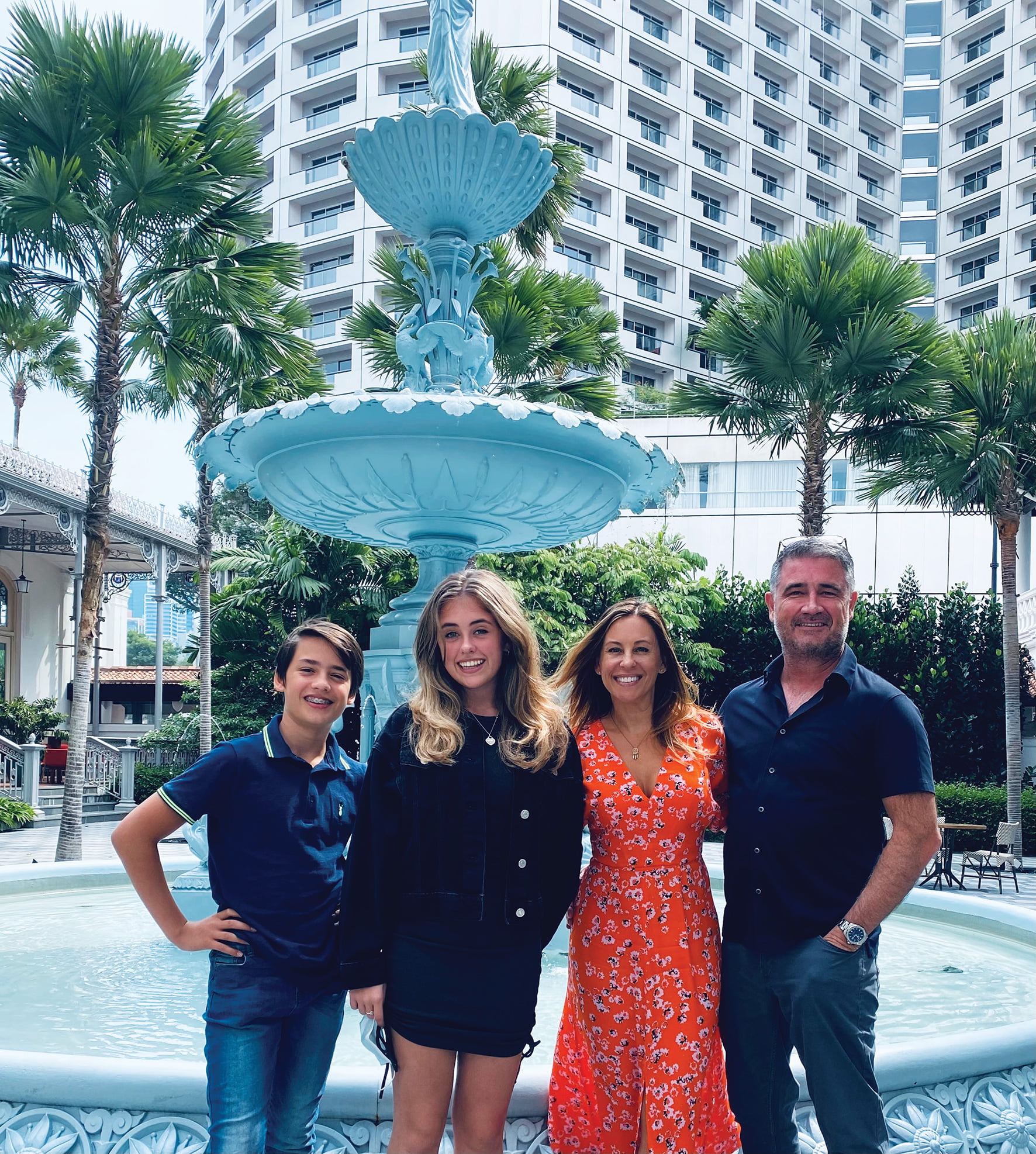 What made you choose Dulwich?
What made you choose Dulwich? Tell us about your work with FoD.
Tell us about your work with FoD.
